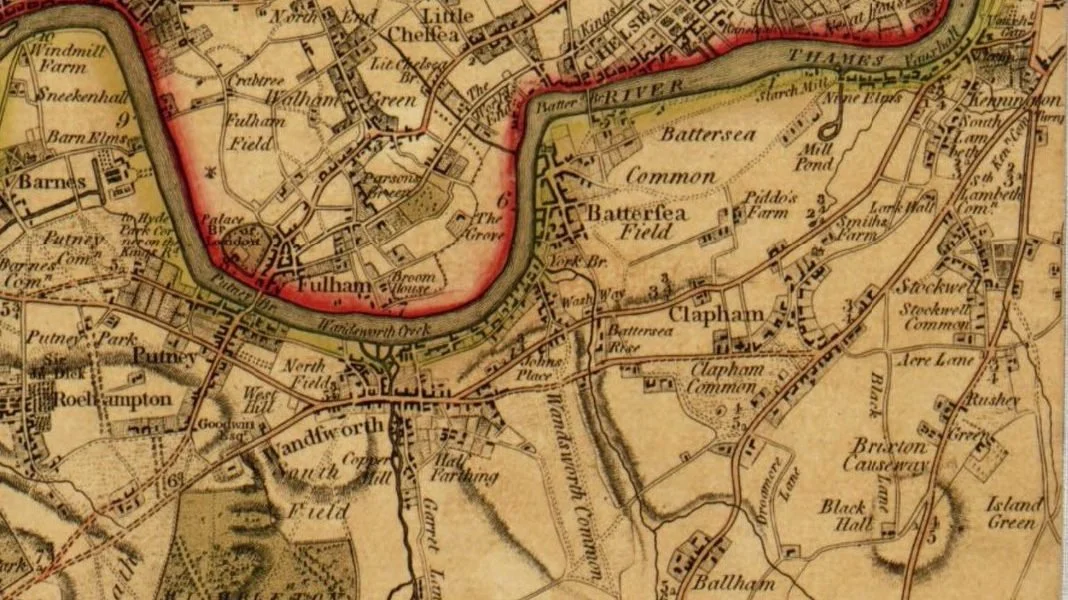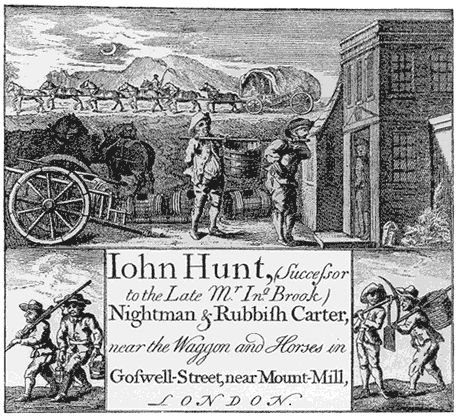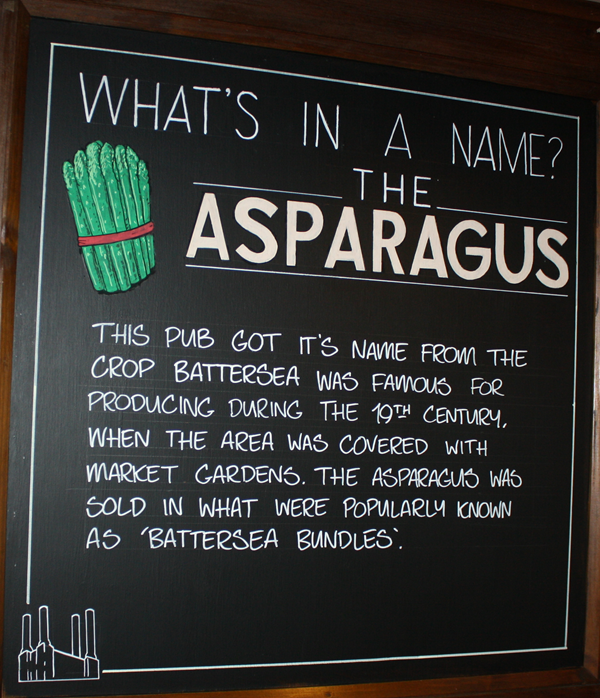Feeding London: The Market Gardens of Battersea
By Sally Sellers
Until the railways and industrial development transformed Battersea in the early 19th century, it was predominantly an agricultural community and its inhabitants were engaged in the production of food for themselves but also for the people of London a few miles away.
Battersea Fields
For most of the 17th and 18th centuries at least 300 acres of the area between Nine Elms and Battersea village, known as Battersea Fields, was used to grow cash crops for sale in London markets. This area of market gardens was divided into ‘small-holdings’ of about one acre where the fertile soil and access to the river made it possible to make a good living supplying fruit and vegetables for the growing city. According to a Battersea Parish registration book, by 1695 – 1705 gardeners and labourers were the commonest trades in the area. However, the introduction of the railways made transport of fresh food from farther afield much easier and later the noxious vapours of chemical works and smelting furnaces caused further problems for those that remained. Yet the main reason for the disappearance of the Battersea Market Gardeners by the mid-nineteenth century was probably the higher value of building land, so eventually even the most successful sold up.
‘An ever present whiff of manure’
In 1639 Battersea’s gardeners and other parishioners asked for legal redress when Sir Thomas Southwell and a Mrs. Peel set up posts which obstructed a route used ‘for conveyance of dung etc., from the waterside’. Boats taking fruit and vegetables to market were returning with urban manure. It was the abundance of horse manure from the London streets , ‘the gold dust of high cultivation market gardens’, as well as ‘night soil’ from domestic cess pits which made Battersea Fields so productive. Before Bazalgette’s vast sewer system, market gardens not only provisioned London’s expanding urban population, but also helped in the recycling of the increasing organic waste it generated.
A Healthy Harvest
Notes by James Theobald, probably around the 1750s, give a positive impression of the successful yield of these market gardens. ‘having plenty of dung, both by water and land, the lands are fruitful beyond most others…the common field, called Battersea Field, is constantly cropped with peas, beans wheat etc., and great numbers of Welshwomen … are employed all the summer season by the gardeners.’ The 18th century botanist Richard Bradley mentioned the Battersea Bean and Battersea Cabbage in his New Improvements of Planting and Gardening. Richard Steele records picking up melons at Nine Elms on a summer boat trip of 1712, probably from a specialist grower named Cuff, and at least one Battersea nursery specialised in flowers with a Mr. Jure noted as the ‘most famousest man in England for anemones.’
Battersea Bundles
Asparagus became the parish’s proverbial crop, renowned for its size. The heads of the ‘Battersea bundles’ elicited fisherman-style boasting, some it was claimed weighing in at more than 32 pounds. Other parishes vied for primacy in cultivating this summer delicacy, which according to one newspaper in 1794 could earn the right ground £2,000-4,000 a year. But a character in Samuel Foote’s The Mayor of Garratt (1763) made it clear that in the ‘manufacturing of sparagrass: Battersea I own, gentlemen, bears at present the belle.’ Battersea’s speciality crop is still celebrated with the naming of the modern pub, The Asparagus, which stands at the junction of Falcon Road and Battersea Park Road.
Named for the Battersea Bundles



